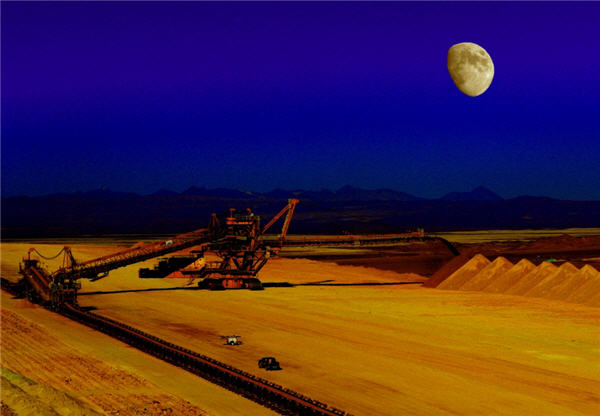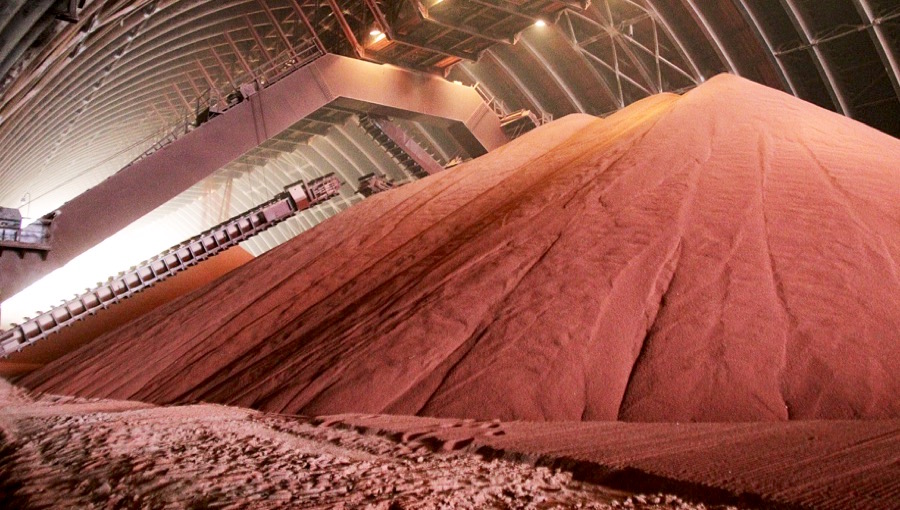Codelco to slash costs by $1B on back of copper price slump

Codelco, the world’s largest copper company, is planning to reduce costs by $1 billion in 2015, as the copper price remains mired in lows not seen since recessionary 2009.
Speaking to journalists on Friday, Codelco’s CEO, Nelson Pizarro, said the company aims to cut direct cash costs by $0.193 a pound, Reuters reported, against average cash costs of $1.537 per pound between last January and September.
The austerity measures will not result in layoffs, nor will the company’s large investment projects be put at risk, according to Pizarro. Half a billion in efficiencies will be gained by renegotiating energy contracts – made possible through slumping oil prices – along with a lower Chilean peso, which has weakened around 25 percent versus the US dollar, said Reuters, quoting Pizarro.
The Chilean state-run miner is also looking to boost copper production by 35,000 tonnes in 2015, thereby putting another $200 million into its treasury, the publication notes.
Pizarro recently predicted that copper will recover from its current slump of around $2.50 a pound, settling at $3 between 2015 and next year, and rising to between $3.20 and $3.50 in 2018.
The slump in the copper market isn’t dampening Codelco’s expansion plans, either. By 2018 it plans to invest about $22 billion in its mining operations, the same amount that was invested over 10 years between 2003 and 2013.
However last July, Codelco yielded to pressures and submitted changes to its controversial $6.8 billion expansion of its massive Andina mine.
The project, near the country’s capital Santiago, includes the removal of six rock glaciers, which earned it fierce opposition from environmentalists and local government officials. They claim Andina’s expansion will pollute and destroy dozens of glaciers in the area, wreaking havoc on drinking water reservoirs that serve the Chile’s central regions.
Codelco, which generates roughly 10 percent of the world’s copper, has warned its future depends on the development of the project, as dwindling ore grades in its old mines are expected to bring annual output down.
More News
{{ commodity.name }}
{{ post.title }}
{{ post.date }}




Comments